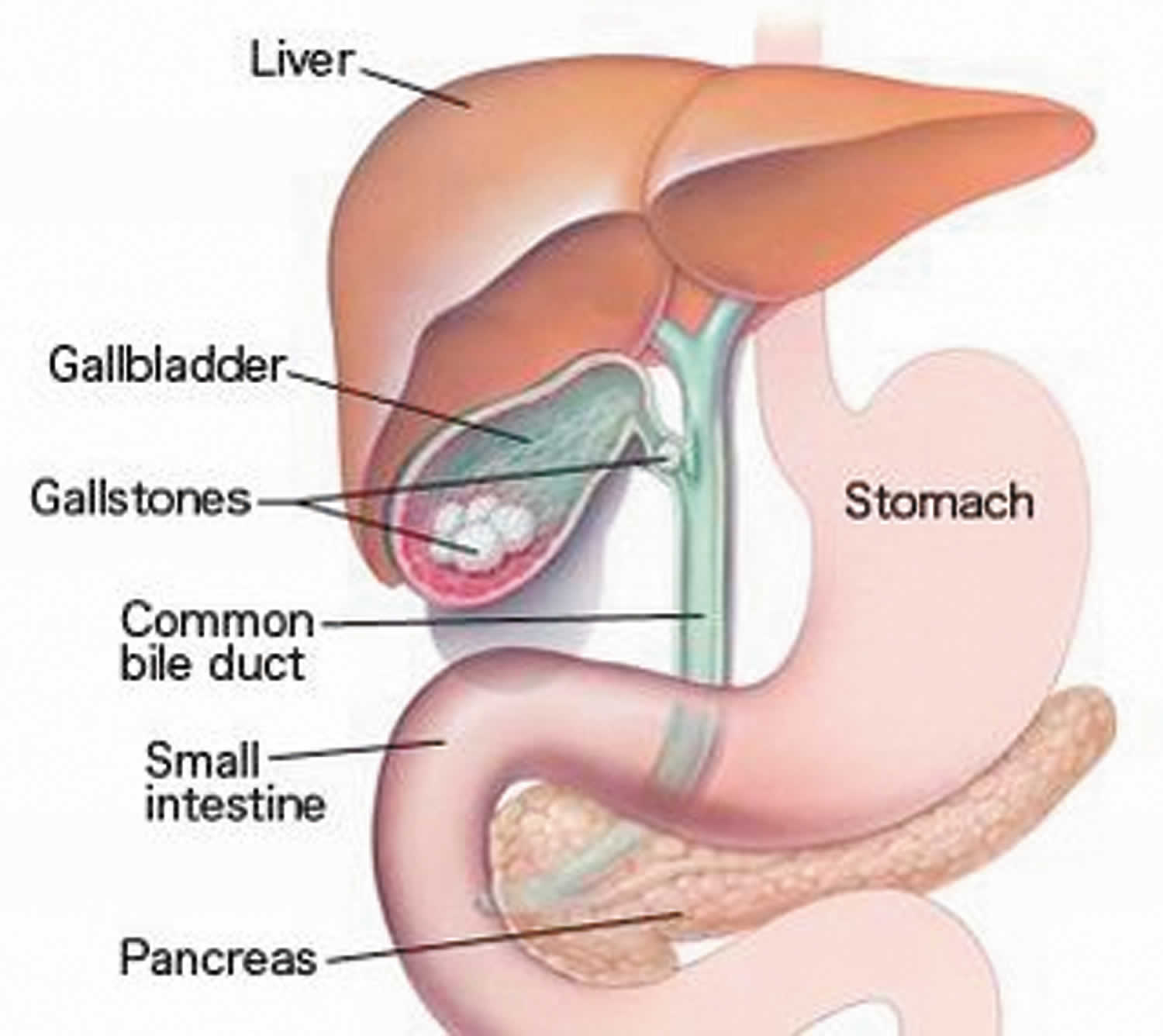Problems with the gallbladder are extremely common nowadays and can affect people of different ages. In the majority of cases, the number one reason for the development of chronic and acute cholecystitis is the formation of gallstones. They block out the gallbladder tubes causing the buildup of bile and further inflammation. To learn more about acute cholecystitis and how it can be treated, continue reading.
What is acute cholecystitis?
To put it simply, acute cholecystitis is an inflammation that takes place in the gallbladder. In addition to gallstones, it can be caused by tumors, some infections, and problems with the actual bile ducts. It is therefore important to timely manage any existing infection – antibacterial drugs are available at a savings price from My Canadian Pharmacy. The benefit of getting all your drugs from their website is that you save twice: on the low cost of mediations, and with the additional discounts, that are then coupled with free shipping deals for bigger orders. The safety of the information is guaranteed. When caused by gallstones, this problem is usually treated with the help of a diet and drugs.
The most obvious symptom of acute cholecystitis is sharp pain localized in the upper right side of the abdomen. It can often be felt in the right shoulder and makes it difficult to breathe fully. As opposed to stomach ache, the pain is persistent and there may be more symptoms, such as:
- Nausea
- Fever
- Loss of appetite
- Excessive sweating
- Jaundice
The problem with acute cholecystitis is that it can sometimes lead to complications. An attack of acute cholecystitis can last for 2-3 days and any remaining symptoms should stop within a week. If this doesn’t happen, it is possible that this condition has become more serious and requires immediate medical attention.
The importance of diet in acute cholecystitis
The treatment of this health issue and its prevention cannot be complete without the proper diet. It is important to follow this diet not only right after an attack of acute cholecystitis, as you should also make it a part of your everyday life.
It should be mentioned that fasting is the usual phase of the initial treatment. It is most often accompanied by receiving fluids intravenously through a drip if a person gets hospitalized. Once the acute phase of this condition passes and a doctor allows a patient to eat and drink, it’s possible to start a healthy diet.
The recommendations include the following:
- Reduce sugars and fats.
For the treatment of cholecystitis, it’s essential to significantly limit the consumption of saturated fat. This type of fat is present in cheese, butter, pastries, and cakes. Instead, you can replace saturated fats with unsaturated ones, such as olive oil, nuts, avocados, and seeds. Still, you shouldn’t consume too much.
- Drink enough water.
You should drink plenty of water during the day. It is generally recommended to consume 8 glasses of plain water a day to stay hydrated.
- Include fiber in your diet.
You should consume foods high in fiber on a daily basis. Such foods include fruit, vegetables, wholegrain products, beans, rice, pasta, and more.
- Make sure you choose lean meat.
If you have experienced the symptoms of acute cholecystitis, you should go for lean meats. This includes chicken (without skin), beef, lamb, turkey.
- Eat less in one sitting.
Those prone to cholecystitis should eat smaller portions but more frequently as opposed to three large meals a day. The reason is that a large meal can cause an intense spasm in the gallbladder and increase the chances of experiencing pain.
- Limit the consumption of dairy products.
It is recommended to replace whole milk with its low-fat versions and not consume too much on a regular basis.
- Choose steaming, stewing, and baking.
Another thing to note is that you should limit fried foods. It is best to steam or stew your vegetables and meat to achieve the most low-fat diet you can.
The goal of this diet is to make sure that it’s easy on your gallbladder and won’t provoke new attacks. It sometimes happens that some people are sensitive to particular foods. In this case, it’s essential to pay attention to your reaction and eliminate foods that cause any unwanted symptoms.
Which drugs are used for acute cholecystitis?
Depending on the intensity of experienced pain, most people are prescribed pain relievers. Usually, the groups of drugs used to relieve pain in the case of acute cholecystitis include:
- Non-steroidal anti-inflammatory drugs (ketorolac, diclofenac, flurbiprofen)
- Antispasmodic drugs (dicyclomine, scopolamine, etc.)
A reaction to the mentioned painkillers is highly individual. While some medications may work for one person, for others – they may not provide the needed relief. In any case, it is better to consult a medical specialist to find the right drug for you.
In the cases of serious inflammation, patients are prescribed antibiotics. Common antibiotics that are used in the case of acute cholecystitis include the following:
- Augmentin
- Gentamycin
- Cefuroxime
- Ciprofloxacin
- Clindamycin
- Flagyl
The use of antibiotics should be performed under proper medical supervision, as it’s important to find the right active ingredient and select the dosage. Treatment can often get expensive and to save money and be confident in the quality of drugs, it is a good idea to shop from reliable online pharmacies. The treatment of acute cholecystitis requires a personalized approach and depends on the severity of this problem, its causes, your medical history, and other factors. A medical specialist should decide whether you need to take certain drugs and their dosages. The mentioned diet is beneficial for anyone prone to cholecystitis and can be used both after an attack of acute cholecystitis and to prevent it.

